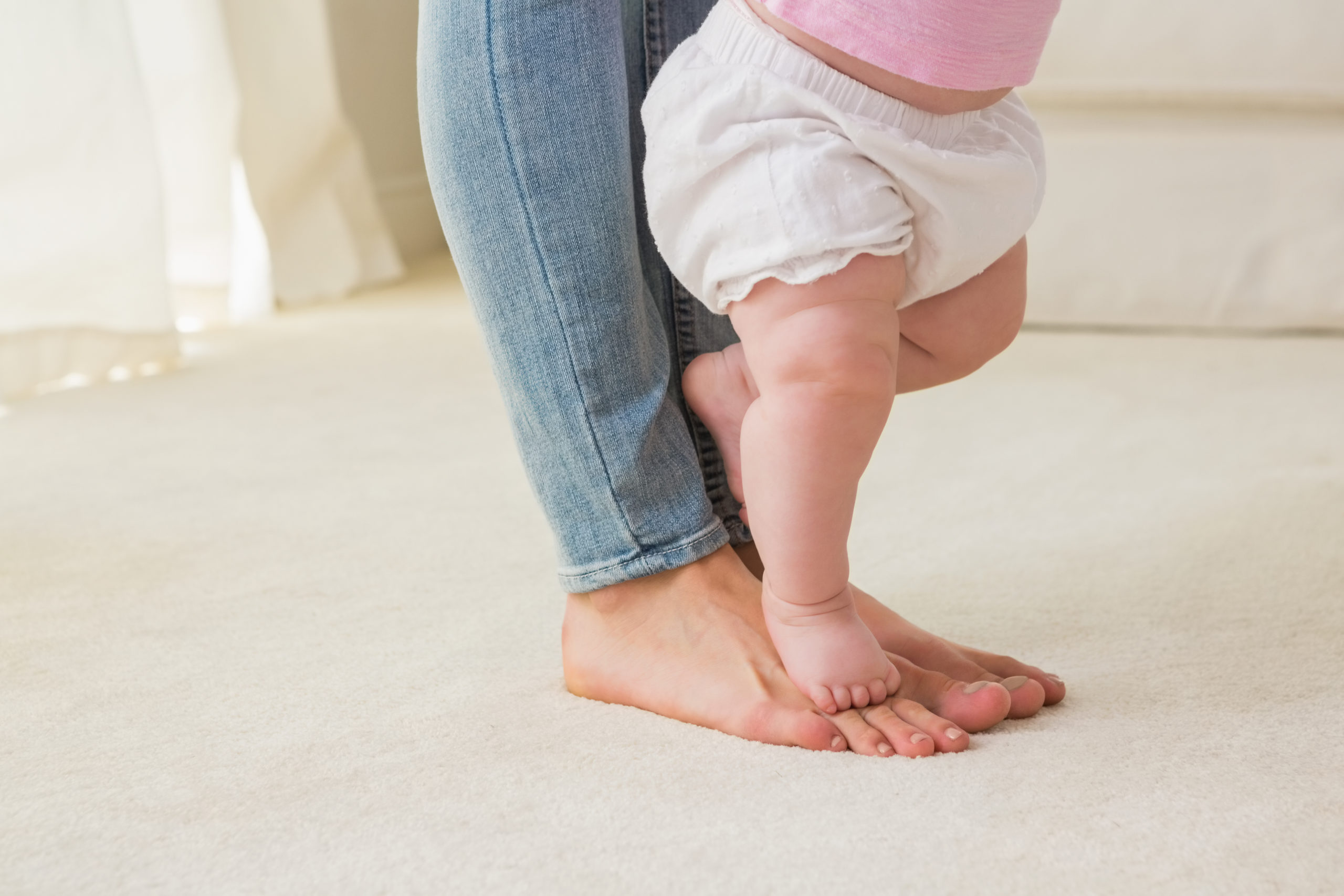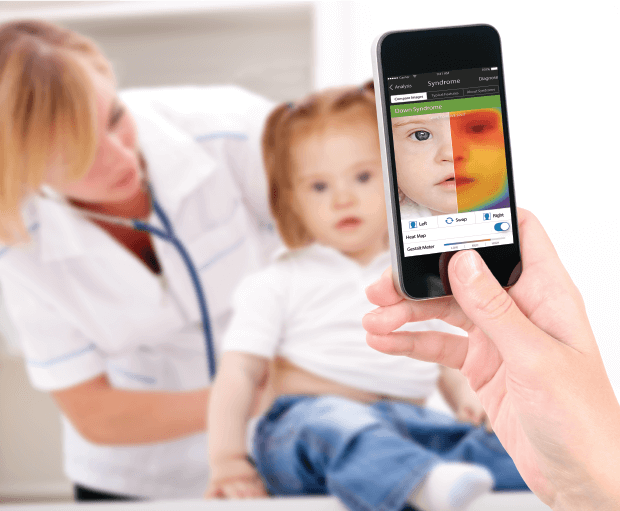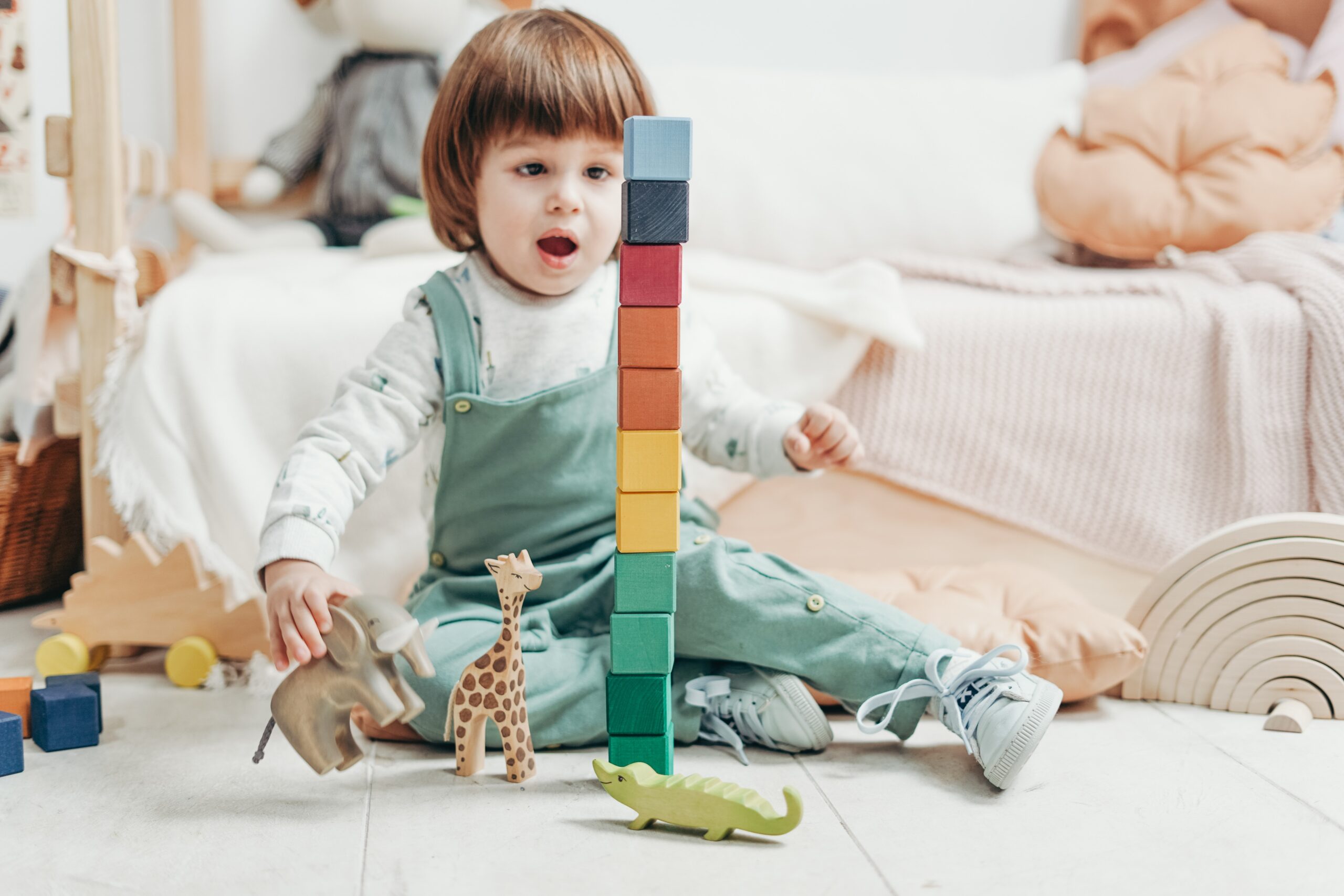What is Genetics in Child Development?
Genes form the basis of all living organisms. Scientists once tested to see what was the smallest possible amount of genes necessary to sustain life. Starting with a microbe that had one of the smallest known genomes (complete sets of genetic instructions), they trimmed down the genes to 473. However even at that relatively tiny number, it wasn’t clear to researchers what almost a third of the genes involved were meant to do. Human beings are more complex, and contain more than 22,000 genes. Even humanity’s greatest scientists are still not sure what many of them do. Some may be deleted or duplicated and cause tremendous damage, while some may be nonfunctional and yet cause no obvious harm.
What are my child’s genetics?
Through the generations, genes are shuffled like a deck of cards. Each baby inherits half its genes from its father, and half from its mother. The mother and father each contain a collection of inherited genes as well, half from each parent of theirs. One quarter of the baby is thus genetically inherited from the grandparents.
How does this work? Every egg and sperm, at its genesis, takes only half a set of parental chromosomes for itself (23 of 46). When the sperm and egg meet at conception, they combine their respective half sets to create one new, complete set of chromosomes. The full genetic set now combines to form a new individual human being, a child, including all the instructions for its structure and development.
With this unique and yet partially predictable formula, a child has its genetic outline set well before birth. However, environment, and the way that the child is raised, also play a very important part. These external factors will help determine which genes are switched on or off over a lifetime. It is not nature vs nurture: they are an interlocking combination.
Child development: genetics at work?
The genes we inherit from our parents chart out so much about our bodies, our minds, and even parts of our personalities: height, hair and eye color, athletic ability, high achievement and motivation, or low intelligence, or high intelligence with difficulties in learning certain things. Sometimes even a sense of humor can have a partial genetic basis, at least it looks that way in some families.
The biological map of a child’s development depends not just on genetics, but on nutrition, pollution or exposure to toxic elements, the type of family the child has, and so on. It changes somewhat as time passes and the child grows.
If you’re wondering if everything is simply set in stone before your child is born, no it isn’t, and yes you can work with whatever the child has, genetically speaking. But it absolutely is best to know and understand any hurdles the child may have to overcome throughout their development, based on their genetic makeup. When we know what genetics are at work in a child’s developmental process, for better or worse, we can know how best to help them achieve their full potential and become happy, healthy, relaxed people.
Early experiences and how they affected development
Neurons, a special type of brain cell, form connections with each other by sending signals back and forth. This connection, called a synapse, is part of how the brain develops and grows. A newborn brain will continue adding neurons throughout the first few years of life. It grows at a truly astonishing rate, doubling in size the first year. By age three, a child’s brain has reached 80% of its adult volume, mostly due to neuron growth and the linking of new synapses.
Connections are formed at a faster rate from ages 0-3 than at any other time in the human lifespan, with up to twice the amount of connections needed in adulthood grown by age two or three. The child’s experiences throughout development will have a big impact on the process of determining which of the excess connections will be eliminated throughout childhood and adolescence.
Senses such as vision, hearing, and touch mature quickly in a growing child. These senses are very responsive to external input during the first part of a baby’s life. Connections that are crucial for language and social development take longer to mature, but they are very sensitive in young children of this age. For these important abilities, the first three years is the time for the brain to secure experiences at its most efficient, far more so than later when unused connections are trimmed away.
No matter how strongly the first steps in the brain’s development are affected by genetics, the brain is not altogether designed and expressed by genes. Rather, the placement and timing of gene use is fine-tuned according to external factors. Even during pregnancy, maternal health and well-being or stress can have a large influence on the early building stages of the brain. Genes plus external or environmental factors work together in ways that let a child have greater adaptability in whatever surroundings they find themselves.
Child development: working with genetics as-is
Prevention is the best way to protect young children from the long-lasting and gene-changing effects of damaging stressors such as violence, caregiver abuse or neglect, inadequate nutrition, and other environmental harms.
And, early intervention can have a tremendously positive effect on a child’s development, whatever their particular genetic hand of cards may be.
How do I know if my child’s developmental issues warrant genetic testing?
If your healthcare provider has referred you for genetic testing, if you have a family history of certain disorders or related symptoms, or if you simply have a feeling that your child could benefit from diagnosis and treatment, it is worth looking into your options. Pediatric genetic testing may be covered by your healthcare system. If not, or if it is your choice to look into further genetic testing aside from any that has been recommended for you, there are private genetic testing options available.







